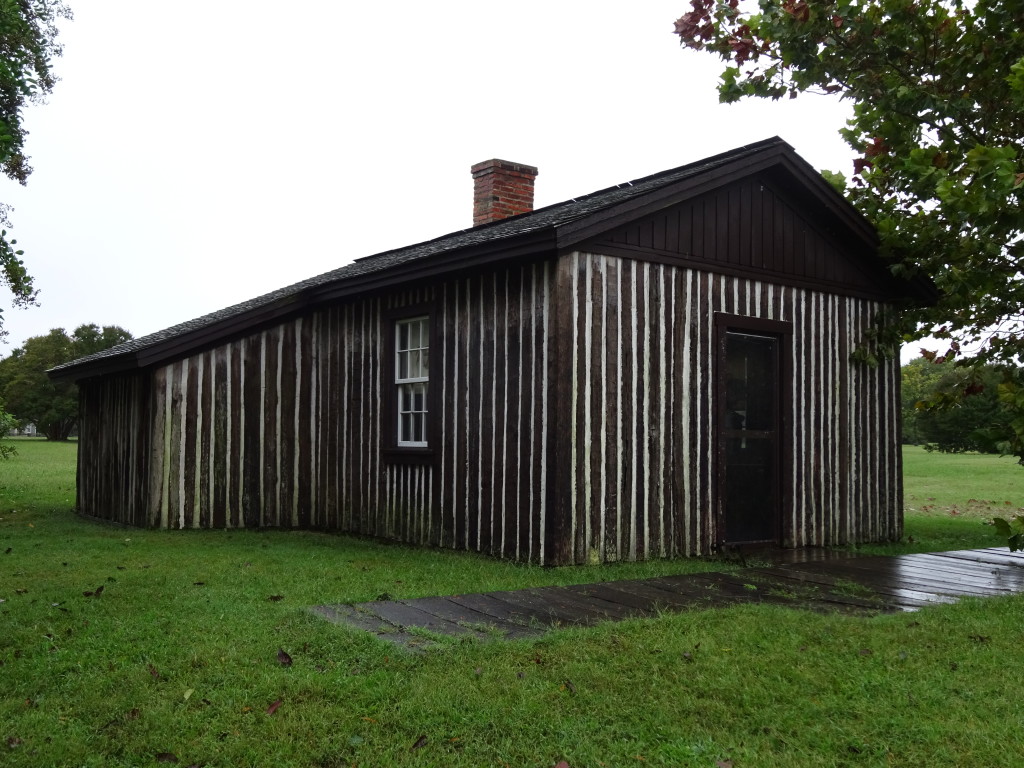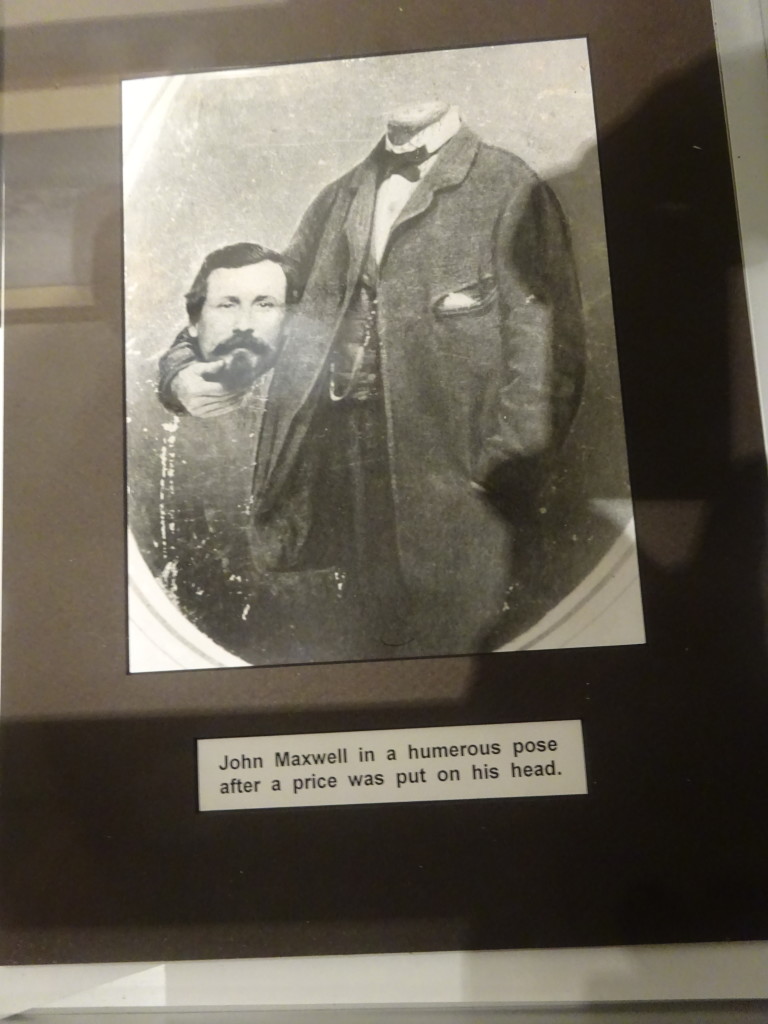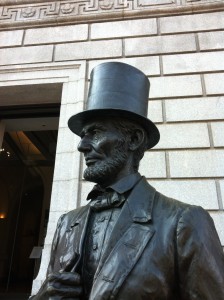In the last two months I’ve been on the road – and in the air – a lot. I started out with a week in New York City, squeezed in some local time researching Abraham Lincoln at the National Archives, then zoomed off to Paris, then London, then Salt Lake City without a break. About 10 days to recover and then off to Gettysburg. Now a few breaths before my parents arrive tomorrow for 10 days of Thanksgiving festivities.
The weather in New York City was generally dreary. Every day was overcast and cold. Rain threatened at all times, and sometimes it carried out that threat. The sun came out on the first day there for about an hour, and that hour was while we were at the Statue of Liberty! Perhaps it was an omen, especially given the frightful events of Paris.
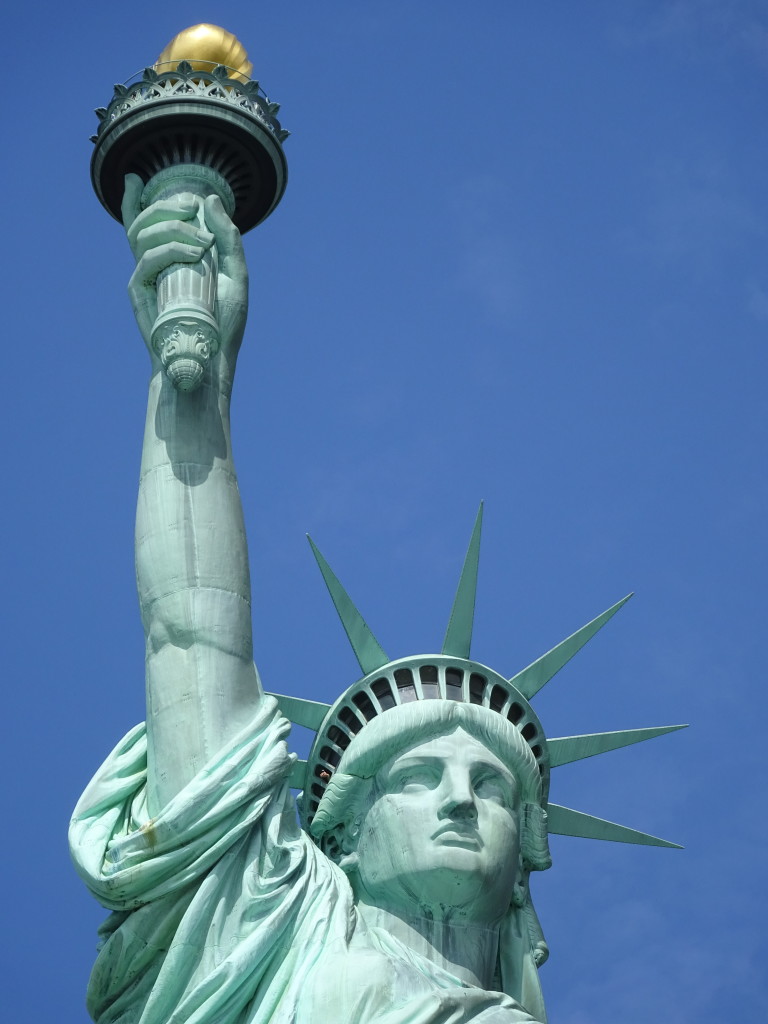
As a Marine Corps V-22 Osprey (a VTOL aircraft reminiscent of one designed by Nikola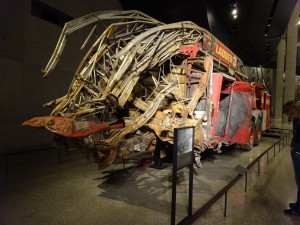 Tesla) circled the boat, we stopped at Ellis Island on the way back, just long enough to remind us that immigration is the fabric of our nation. From there we visited One World Trade Center, called “Freedom Tower” by many. Sitting on the site of the World Trade Towers that fell September 11, 2001, the new building overlooks two reverse pools surrounded by the names of those lost. A museum brings you down into the nightmare that was that day, and also the heroism. It’s a must visit.
Tesla) circled the boat, we stopped at Ellis Island on the way back, just long enough to remind us that immigration is the fabric of our nation. From there we visited One World Trade Center, called “Freedom Tower” by many. Sitting on the site of the World Trade Towers that fell September 11, 2001, the new building overlooks two reverse pools surrounded by the names of those lost. A museum brings you down into the nightmare that was that day, and also the heroism. It’s a must visit.
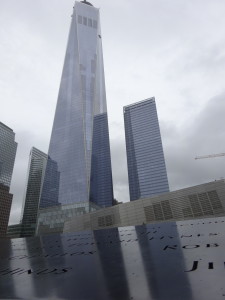
We also visited John Lennon’s Imagine circle at Strawberry Fields, the American Museum of Natural History, the Lincoln statue outside the New York Historical Society, checked out Nikola Tesla Corner at Bryant Park and the New York Public Library, took in the view from the top of the Empire State Building, wandered the deck of the aircraft carrier Intrepid, saw the Space Shuttle up-close-and-personal, and squeezed through a submarine. Oh, and walked several miles of Manhattan – the lower, the mid-town, and the park (and west side).
Phew. No wonder we were beat by the end of the week. And that was just the beginning.
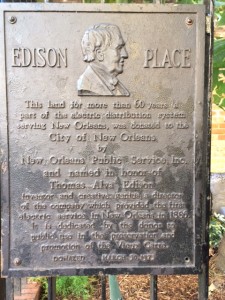 After hosting the Thanksgiving visit the only trip left on the calendar this year is a 4-day weekend in New Orleans. I’ve never been there. After lobbying SETAC for ten years to hold a meeting there they finally scheduled one – for the time that I was working in Brussels and my company refused to allow me to come back for it. I’m looking forward to it, especially now that I know there is a plaque highlighting Thomas Edison in the French Quarter.
After hosting the Thanksgiving visit the only trip left on the calendar this year is a 4-day weekend in New Orleans. I’ve never been there. After lobbying SETAC for ten years to hold a meeting there they finally scheduled one – for the time that I was working in Brussels and my company refused to allow me to come back for it. I’m looking forward to it, especially now that I know there is a plaque highlighting Thomas Edison in the French Quarter.
BTW, because of my time in Brussels and having just been in Paris I spent a good amount of anxious time trying to see if my friends and colleagues were safe when I heard about the Paris attacks. The focus on Brussels as a source of the terrorists raised the anxiety level even more. As far as I’ve been able to determine everyone I know is safe. This is a frustrating topic and I haven’t decided if it’s something on which I want to speak on further, but needless to say it’s difficult, especially after also being recently in New York City and living not far from the Pentagon. Perhaps more on this at another time; or perhaps not.
David J. Kent has been a scientist for thirty-five years, is an avid science traveler, and an independent Abraham Lincoln historian. He is the author of Tesla: The Wizard of Electricity (now in its 5th printing) and two e-books: Nikola Tesla: Renewable Energy Ahead of Its Time and Abraham Lincoln and Nikola Tesla: Connected by Fate. His book on Thomas Edison is due in Barnes and Noble stores in spring 2016.
Follow me by subscribing by email on the home page. And feel free to “Like” my Facebook author’s page and connect on LinkedIn. Share with your friends using the buttons below.



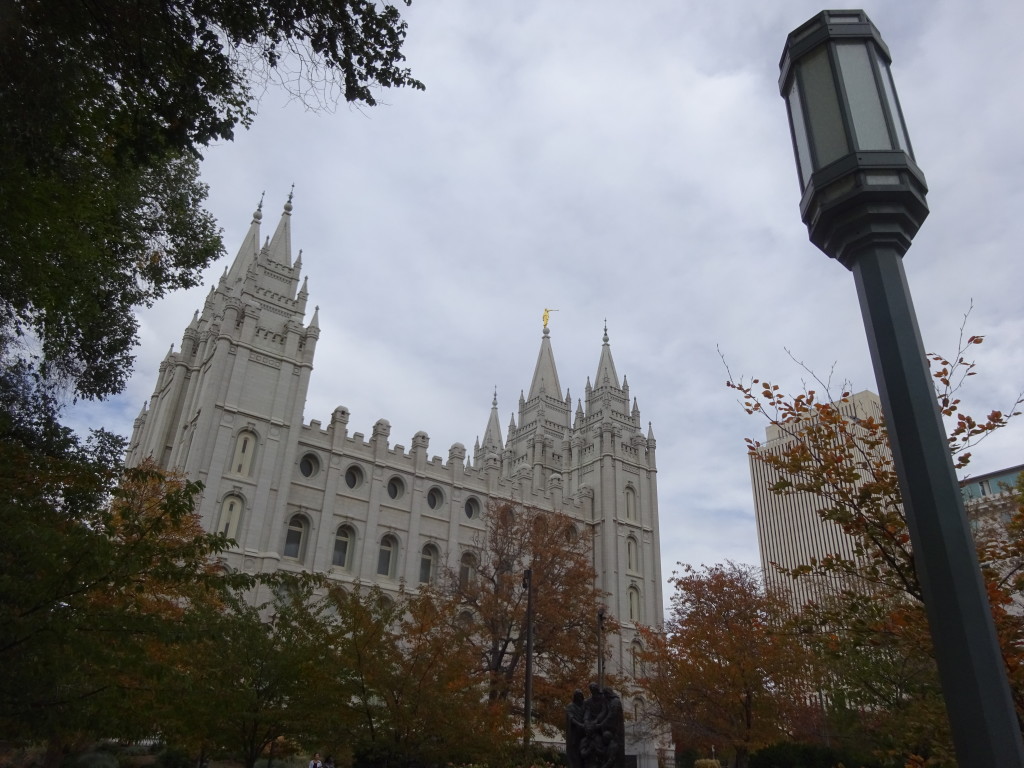
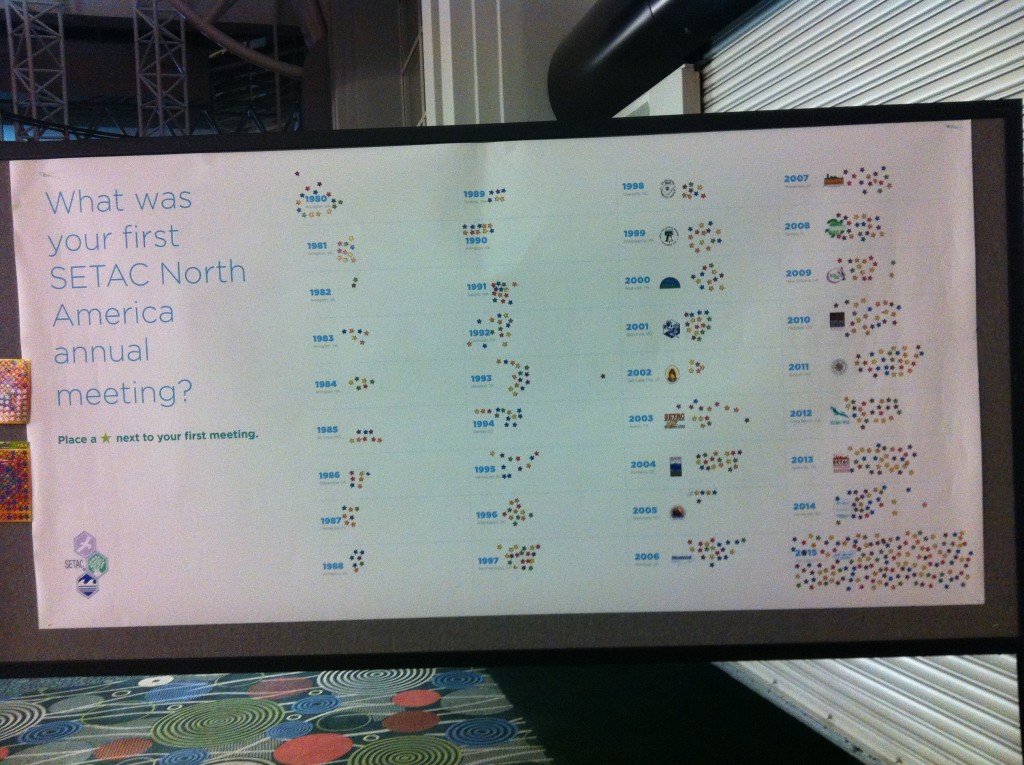
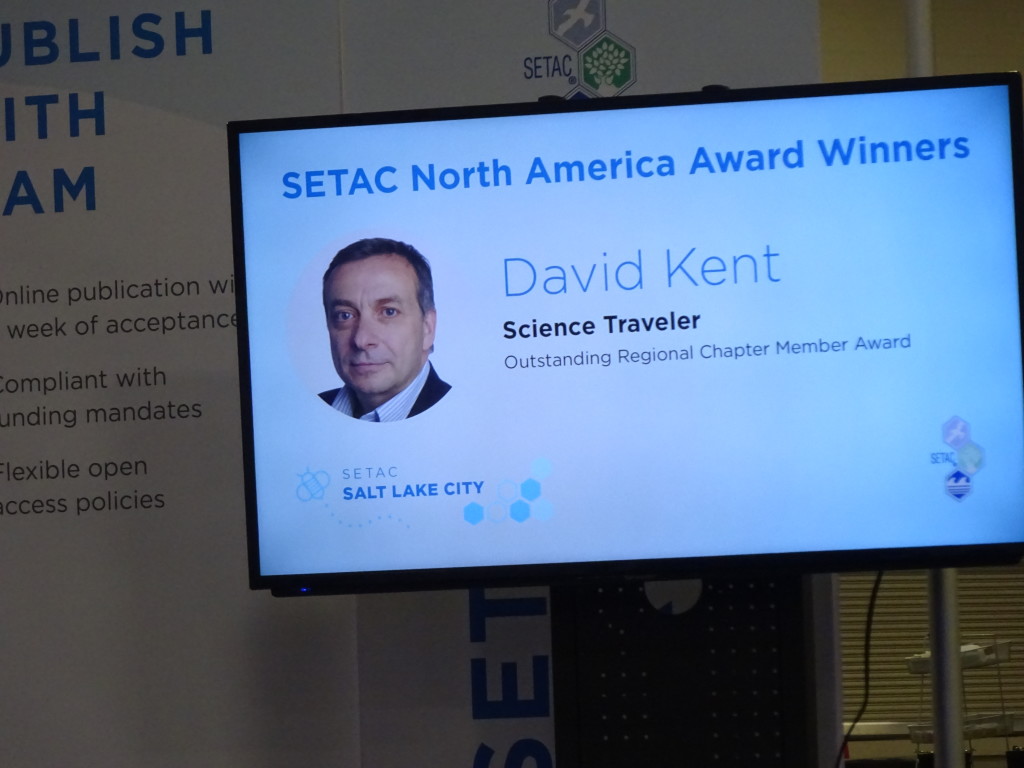



 Actually, limping would be an improvement right now, as I’m essentially stuck in my hotel room unable to walk without pain. Welcome to London.
Actually, limping would be an improvement right now, as I’m essentially stuck in my hotel room unable to walk without pain. Welcome to London.


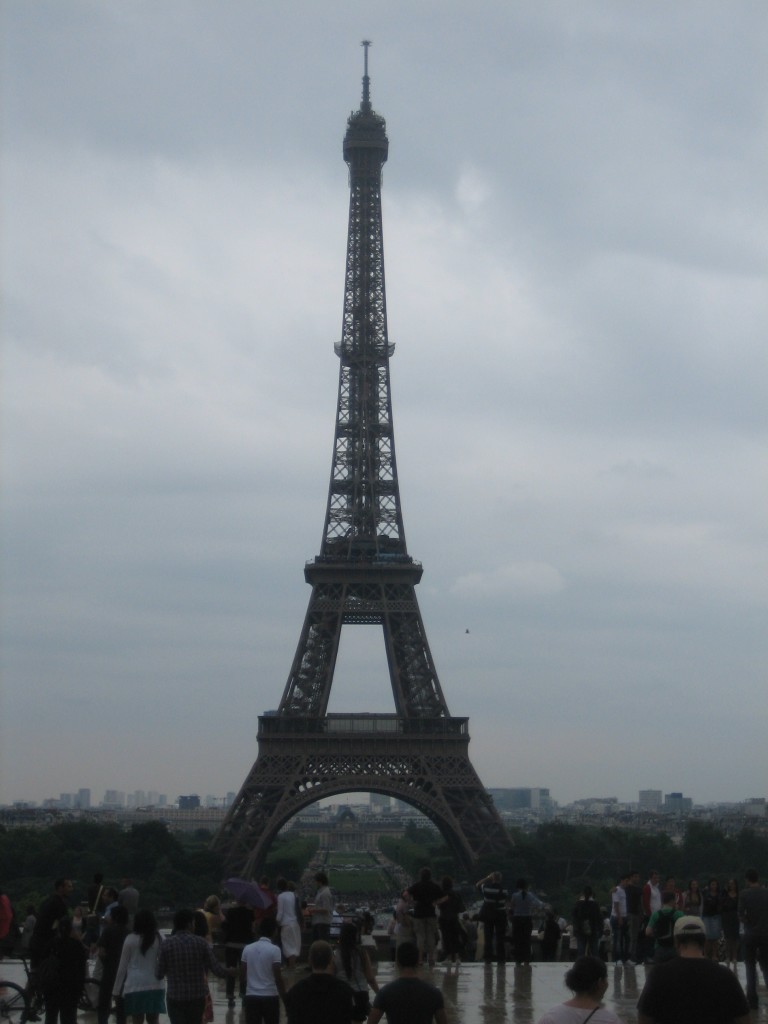
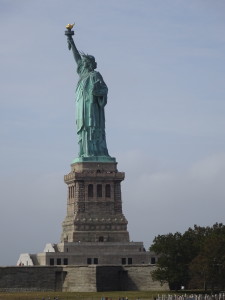
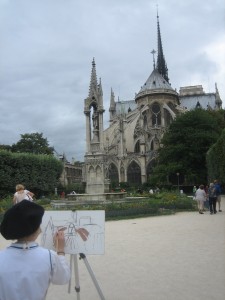
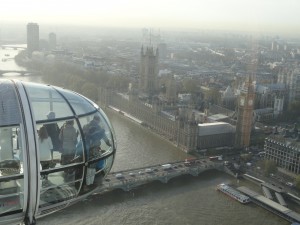

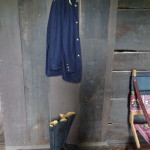 “Let ’em up easy,” said Abraham Lincoln when asked how to treat the citizens of Petersburg after the long siege was to leave the city defeated. Lincoln wanted to end the war, reunite the nation, and move to the future of these United States. But first the Union needed to get the job done. Not an easy task.
“Let ’em up easy,” said Abraham Lincoln when asked how to treat the citizens of Petersburg after the long siege was to leave the city defeated. Lincoln wanted to end the war, reunite the nation, and move to the future of these United States. But first the Union needed to get the job done. Not an easy task.